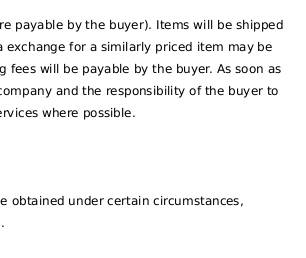
Geneva, 1530 AD, Graded AU-50, Billon Quart, Switzerland
Check my rate
View locations
| Main centres: | 1-3 business days |
| Regional areas: | 3-4 business days |
| Remote areas: | 3-5 business days |

| Main centres: | 1-3 business days |
| Regional areas: | 3-4 business days |
| Remote areas: | 3-5 business days |
Geneva
1530 AD
AU - 50
Billon Quart Coin, Slabbed and Graded






From the beginning the bishopric of Geneva was a suffragan of the Archbishopric of Vienne. The bishops of Geneva had the status of prince of the Holy Roman Empire since 1154, but had to maintain a long struggle for their independence against the guardians (advocati) of the see, the counts of Geneva and later the counts of the House of Savoy. In 1290 the latter obtained the right of installing the vice-dominus of the diocese, the title of Vidame of Geneva was granted to the counts of the House of Candia under count François de Candie of Chambéry-Le-Vieux a Chatellaine of the Savoy, this official exercised minor jurisdiction in the town in the bishop's. In 1387 Bishop Adhémar Fabry granted the town its great charter, the basis of its communal self-government,[12] which every bishop on his accession was expected to confirm. The line of the counts of Geneva ended in 1394, and the House of Savoy came into possession of their territory, assuming after 1416 the title of Duke. The new dynasty sought to bring the city of Geneva under their power, particularly by elevating members of their own family to the episcopal see. The city protected itself by union with the Swiss Federation (German: Eidgenossenschaft), uniting itself in 1526 with Berne and Fribourg.
Billon, not to be confused with Billion, is an alloy of a precious metal (most commonly silver, but also mercury) with a majority base metal content (such as copper). It is used chiefly for making coins, medals, and token coins.The word comes from the French bille.
The use of billon coins dates from ancient Greece through the Middle Ages. During the 6th and 5th centuries BC, some cities on Lesbos Island used coins made of 60% copper and 40% silver. In both ancient times and the Middle Ages, leaner mixtures were adopted, with less than 2% silver content. Billon coins are perhaps best known from the Roman Empire, where progressive debasements of the Roman denarius and the Roman provincial tetradrachm in the 2nd century AD led to declining silver and increasing bronze content in these denominations of coins. Eventually, by the third quarter of the 2nd century AD, these coins were almost entirely bronze, with only a thin coating or even a wash of silver.



 INTERNATIONAL CUSTOMERS WELCOME
INTERNATIONAL CUSTOMERS WELCOME 





